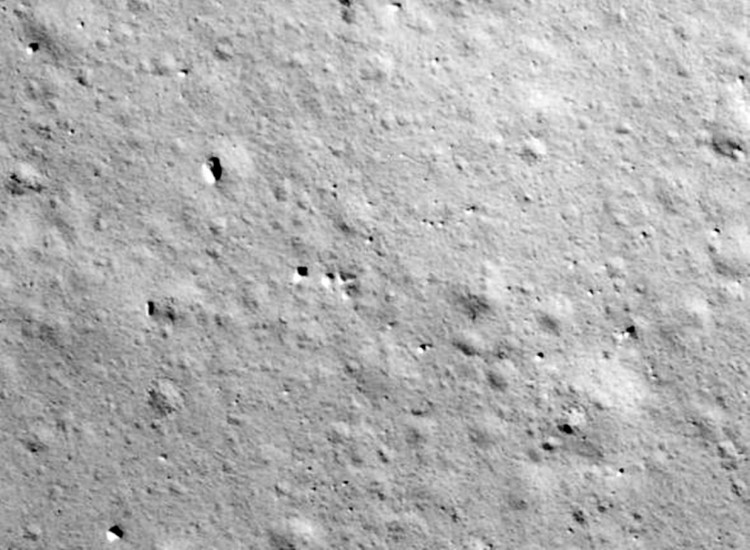Chang'e-5, China's first sample-return mission to the moon, touched down safely at the Ocean of Storms Tuesday evening (Beijing time) and must now quickly complete its mission before it freezes.
The China National Space Administration said the lunar lander and its attached ascender landed at 10:11 a.m. EST (1511 GMT, 11:11 p.m. Beijing Time) near Mons Rümker, a mountain in the Ocean of Storms (Oceanus Procellarum). It said the lander then deployed its solar array and antenna before starting to dig into the lunar surface.
The solar-powered lander has only 48 hours to complete the job of shoveling some surface material and boring a two-meter-deep hole into the lunar soil. It will extract two kilograms of sub-surface soil and transfer it to the ascender.
The lower layers of the soil samples will record lunar information from about 1.2 billion years ago, while the top layer will more closely reflect present day conditions on the moon.
The ascender will then blastoff and transfer the soil samples to the sample return vehicle, which will return to Earth and land at Dorbod Banner in Inner Mongolia on either Dec. 16 or Dec. 17.
Samples will be transferred to specially developed facilities for handling, analyzing and storing the lunar material.
The sample dig and the ascender's takeoff has to be completed within 48 hours, according to Liu Jiangang, chief of the command team.
This is because both the lander and ascender have no protection against the destructive lunar cold. Both spacecraft haven't been equipped with a radioisotope heater unit that will allow them to survive the extreme cold of lunar night. Chang'e-4, which is now on the dark side of the moon, is equipped with such a device.
This is also the reason why the lander and ascender were landed during the current lunar day. The landing and sampling must occur within a single, 14-Earth-day lunar daytime, which ends around Dec. 11.
On Sunday evening, Chang'e-5 successfully conducted a second braking maneuver to descend into a lower near-circular lunar orbit.
Chang'e-5 was launched by a Long March-5 Y5 carrier rocket from Wenchang Space Launch Center in China's Hainan Province Nov. 24. CNSA said the sample return mission will last around 23 days.
Over the next 10 years, China intends to establish a robotic moon base station to conduct unmanned explorations of the South Polar Region.






